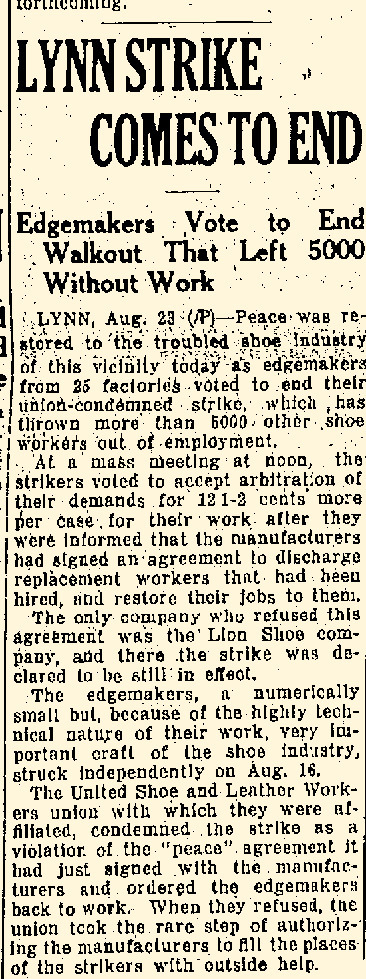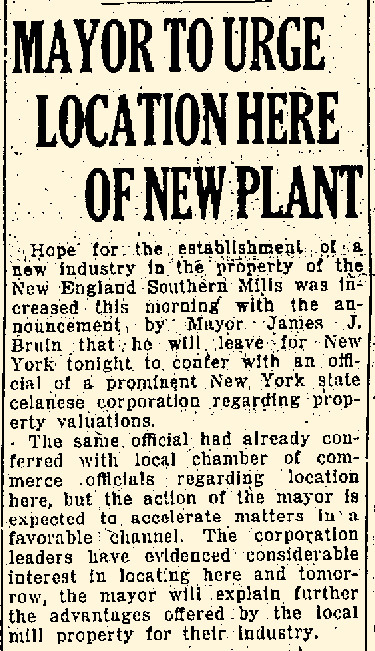More Stories about our Centralville Neighborhood
Naming Immigrants by their Ethnic or Language Characteristics
My Mom usually referred to this couple and the other Greek couple, who rented an apartment located on the second floor of this large house, as ‘le grec’ or ‘les grecs’-‘the Greek or the Greeks.’ Foreigners, and, especially, non-Catholic strangers remained a bit suspect. There might be danger there. These people were different and, perhaps, not trustworthy. We needed to proceed with care and caution!
Next, came the Antifenario family, an Italian/Catholic ensemble to a brilliant fault. They lived two houses up the street from us, but it had only been a few years before that they were renting the second floor apartment in our, large three-family manse. Joe and Emily Antifenario and their four children, Joey, Carl, Sissy and Tappy, were welcome additions to our community lives.
In the summer, we often shared our improvised, cobble-stone Dana Street, baseball diamond with these kids plus other children in the neighborhood. Donald Bergeron, Leonie Vallois and Claire Beauparlant, usually, also participated in our makeshift games. In this relaxed situation, there was no sense of “we” against “them”. All was pleasant and peaceful.
An Afro-American family – we never used the term “a black family” in those Truman and early Eisenhower years – lived only one block away from our house. I certainly did not understand the delicate racial issues brewing in the nation at the time, yet, I knew that this situation was unusual.
How did I know? There were very few African-Americans anywhere within Lowell at the time. Nobody questioned this fact. That was just the way things were.
Their one-family, white clapboard house was located on a pleasant, triangular lot with trees and grass at the corner of Aiken Street and Cumberland Road. A white picket fence surrounded the small, but attractive setting. A teenage boy and his younger sister lived there with their mother. We seldom saw this quiet, skinny boy in our immediate neighborhood. But, several times over the years, my Mom had said to me at the kitchen table,
“Ce jeune nègre est très malade. Il a une maladie de sang qui afflige les nègres. Il va probablement mourir de ça.”
{Remember that, as a child, I lived in a world interwoven with daily interludes of Quebec sensitivities.]
The literal translation follows below:
“That young, black boy is very sick. He has an illness of the blood that afflicts blacks. He will probably die from it.”
I felt sorrowful. It was awful to think that soon this young boy might see his last summer days. There was much sadness in our world. Why?
Francis and Claire: Romance in the Air
Finally, I would certainly be remiss if I did not include a mention of my mother’s romantic interlude with her boyfriend and dance partner for several years, Francis Murphy. This heart-warming tryst of mutual admiration and affection, dance fervor and devotion took place during my Mom’s post high-school years while she was still living at home with her father and step-mother, Elizabeth on Hildreth Street near McPherson’s Park.
These two, young people, who shared a special attachment, had first met on the dance floor at the huge ballroom by the lake water’s edge at Lakeview in Dracut. However, Pépère and Mémère, her parents, simply could not accept that Francis, an Irishman, might wish to marry Claire, my mother-to-be.
All romantic and domestic plans and hopes that they had built around this Irish-Canuck connection had to be tossed out the window. No further discussion was allowed. Marriage was out of the question! Years later, my mother related to me these details. Francis had been her special guy.
Certainly, a successful French-Canadian businessman (un laitier) and his wife could not entertain a mixed marriage like this one. Such romantic ties were not acceptable! In a sense, local society simply would not have it. That was the end of that story.
Over the years, my Mom and Francis remained friends, but the mores of the times required obedience to the rules. As for me, I had seen so many photos of Francis in my mother’s photo album that I, somehow, believed that I had known him. Real life remains so painfully different from our imagined future successes seen in dreams.
Foreigners, All of Us
How might these stories of European immigrants, trashy, tenement block living conditions, ethnic misunderstandings, broken dreams and tentative connections with people, who are different in so many ways, finally evolve? Unlike the period of the 1930s, maybe, the 1950s might have become the decade of people better understanding each other? That might have been cause for prolonging hope within the community.
Years later, as I walked down Moody Street toward City Hall in downtown Lowell, I realized that Lowell’s cultural situation could readily have become gurgling with emotions bubbling over to a boil as these many strangers were made to work together within the very tight confines of the textile mills.
This oil-drenched, clanking world of machinery was where immigrants of all varieties had to compete to earn their daily bread. But, there, often, were more laborers (operatives, to be technical) than jobs.
Competition and Fewer and Fewer Jobs
Somewhere, somehow, someone would be left with an empty lunch bucket. A family with a working parent, who was unemployed, had to face harsh realities and a meager cupboard of vitals. Who was there to help these near-indigent people?

Many years ago at the turn of the century, the shop-floor straw bosses, who oversaw the gritty, grimy workers plus their gritty, grimy and noisy machinery, were usually brought into the management system by the factory owners to blend these various factors of production into a profitable business model. Personally, as a young man, I hoped to never end up in one of these infernal sweatshops, but what options did I or other wage- earners in the city have to fashion a better life for ourselves?
Then, there were the Fabulous Fifties
As a teenager in the Fabulous Fifties, attractive career opportunities and avenues of professional advancement in a defunct, former, industrial powerhouse like Lowell seemed limited if not bleak. The ethnic stamp of your personal ancestry mattered very little. Like Mighty Casey‘s epic but sad day in the batter’s box, “There was no joy in Mudville.” because Casey had struck out. And, for a while back then, Lowell’s economic skies were quite overcast.
Fortunately, however, with President Eisenhower ably steering the country into a new era of prosperity, some textile operatives (women factory workers, who were manually involved in running the meshing, rotating gears and revolving pulleys of clanking metallic parts) sometimes could reach first-line management positions, so there remained a restrained optimism among these day laborers.
Lingering Class Distrust
However, class distrust and conflicts remained, and a new title of first-level supervisor does not make for instant happiness. Still, perhaps, as we were forced by industry to work together over the coming years, we might slowly become more open to cultural understanding.
Maybe, we might even get to like one another?
Reference: Lowell Ethnicity
See above: UML studies on ethnicity
